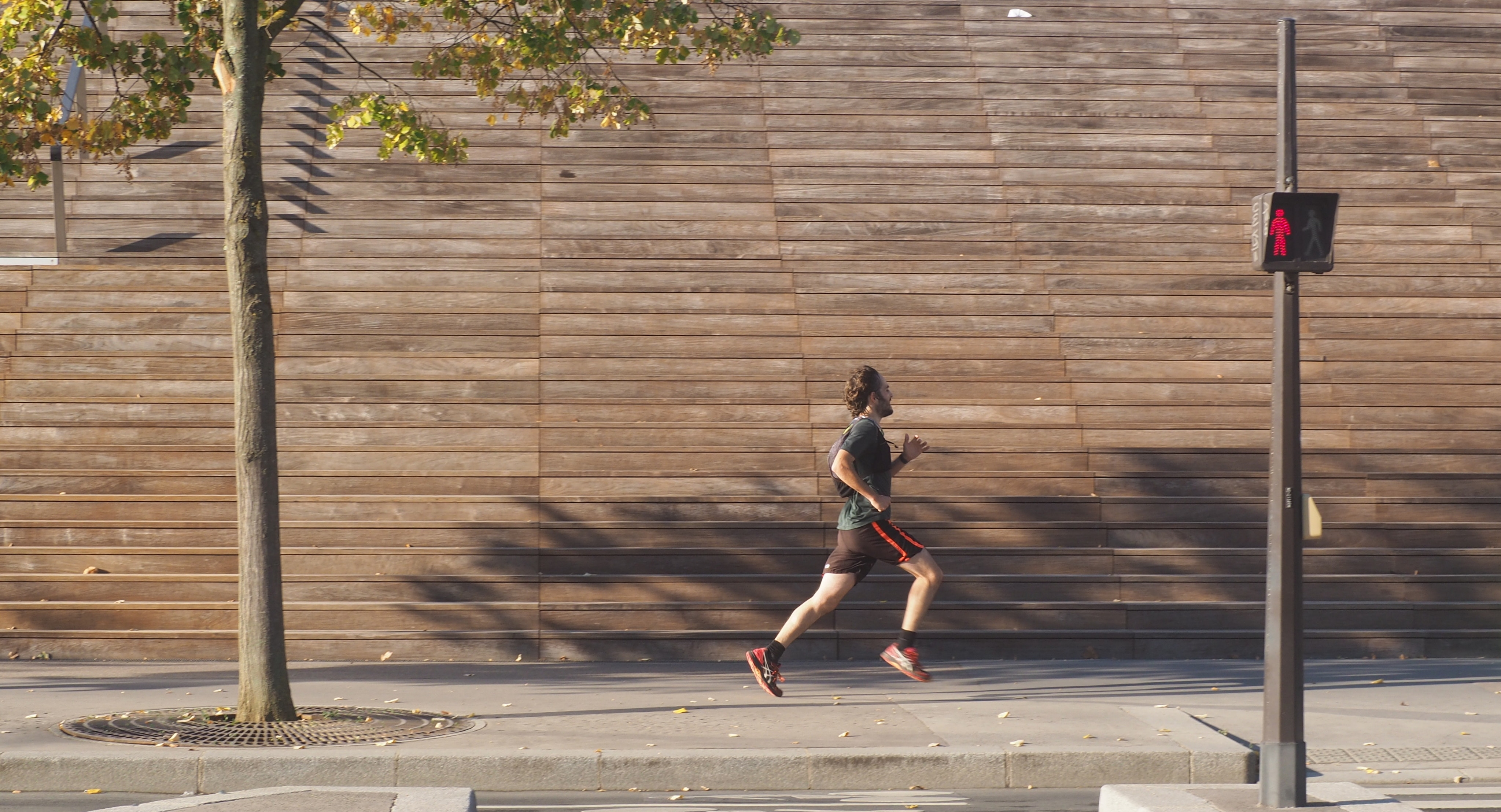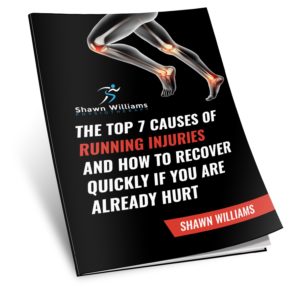Knee pain from running is often a condition known as runner’s knee
Runner’s Knee, also known as patellofemoral syndrome is experienced by up to 30% of the population at some point in their lifetime. Though more common in females, children and seniors, runner’s knee can effect anyone. Most frequently, knee pain from running or runner’s knee is the result of biomechanical disruption. The mechanical overload can be due to a sudden trauma, such as a hit to the knee, or the result of a repetitive microtraumas. With a chronic overload, excessive joint stress plus too short of a recovery time leads to failure in the tissues around the knee. It is also possible, though less frequent, that runner’s knee is due to an inflammatory disease or other tissue pathology. The pain associated with runner’s knee is believed to be due to increased tension on the tissues around the knee and/or shearing of bone within the joint. The pain is usually felt at the front of the knee joint, located beside the kneecap or right behind it. The pain is often at its worst during or right after an activity that involves repetitive knee stress, such as running or walking. Additionally, there may be pain with squatting, kneeling, and/or walking down stairs. Swelling around the knee joint and/or feeling a grinding in the joint is also possible.
How to Prevent knee pain from running or Runner’s Knee: The 3 F’s of Running.
1. How Frequent – The number of times you run per week relates to how much recovery you allow between runs.
2. How Far – The distance you run each time relates to how long you are stressing the knee during each run.
3. How Fast – The speed at which you are running relates to how much you are loading the knee.
The general rule when training is to only increase one F at a time. For example, if you are attempting to train for a 10K, first focus on increasing how frequently you are training (e.g. once per week for three weeks, then twice per week for three weeks, etc.), and then slowly begin to increase how far you are running. You should not increase your distance more than 10% per week, as this increases risk for injury. Lastly, speed should be the last thing you attempt to increase; attempting to speed up too quickly is directly proportional to injury risk.
What can a Physiotherapist do for Runner’s Knee or other knee pain from running?
First, a physiotherapist will ensure that your knee pain is caused by runner’s knee. Next, using a comprehensive subjective and objective assessment, a physiotherapist can determine which factors contributed to you developing runner’s knee. Among other things, the joint stress can be due to overuse, bone misalignment, muscle weakness, and/or muscle tightness. Determining which factors contributed to your development of runner’s knee can help with the creation of a treatment plan that is tailored to you. Your personalized treatment plan will include a home exercise program to strengthen the weakened muscles, and stretches to lengthen the tight muscles. Manual Therapy, acupuncture, dry needling and taping are techniques which when used properly can be highly effective for the treatment of runner’s knee.
If you have knee pain from running call or text us at 416-660-4187. A manual physiotherapy approach may be your best option for runner’s knee. You can also download my free report The Top 7 Causes Of Running Injuries And How To Recover Quickly If You Are Already Hurt . Shawn has over a decade of experience of helping runner’s to get back to that activity they love most.




